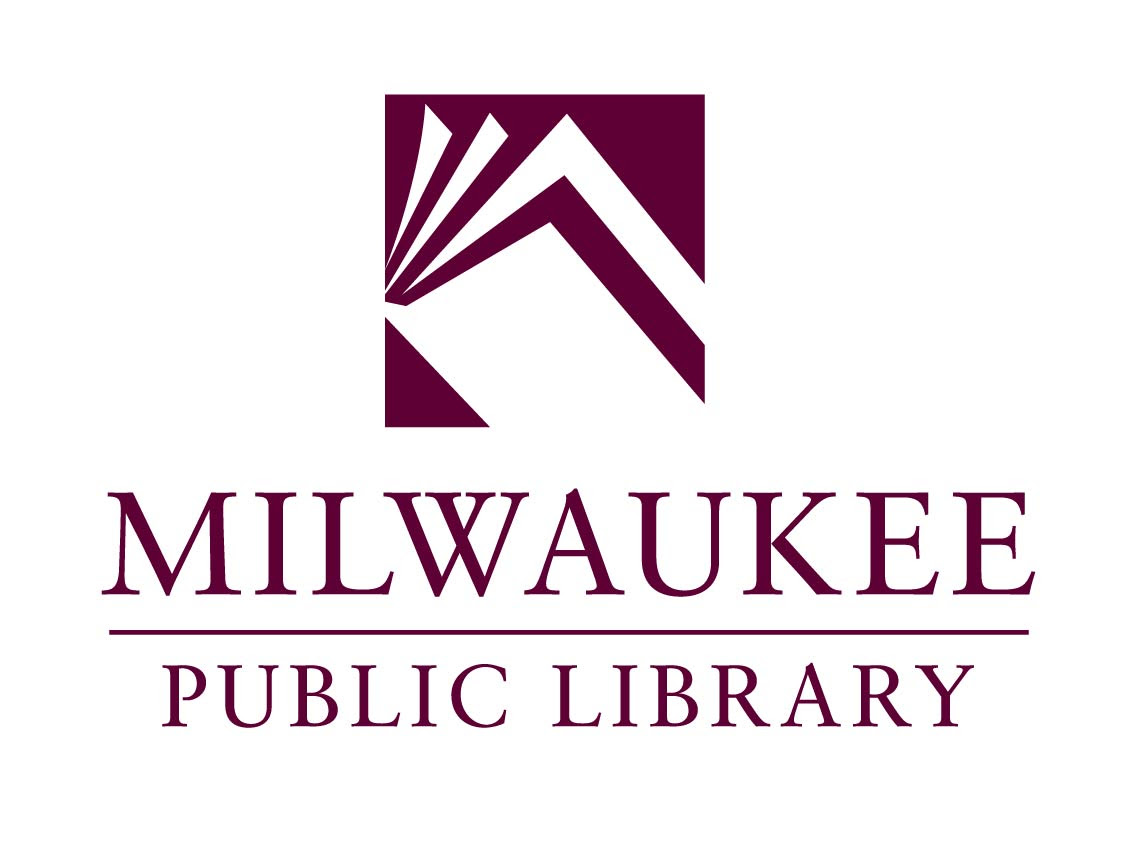BOREDOMS’ "77 BOA DRUM" EXCEPT IT'S 77 ZOOM ACCOUNTS COMBINED TO MAKE A MOVIE: (or, I don’t usually wear hats but when I do I wear the only hat I happen to own which is a ballroom marfa hat and this is a t-shirt about that person) A [LONGER-TERM] DEEP LISTENING PROMPT
Prompt Against Anxiety #23 | from poet and multi-disciplinary artist Jibade-Khalil Huffman, author of Sleeper Hold (2015), James Brown Is Dead and Other Poems (2011), and 19 Names for Our Band (2008). Huffman uses performance, photography, and video that pushes the capabilities of text and image to tell stories and convey meaning.

Photo credit: Matthew Gaston
The following is a prompt that is meant to be undertaken over time, be it the course of a few days or a few weeks in the service of creating a larger project, should you have capacity for that sort of thing right now. Feel free to abandon this “final work” if what you experience and make along the way is more fruitful.

Zac Efron in Netflix's Down to Earth
STEP 1
Wearing headphones or, at the very least, when you can have a room to yourself and can listen to music at a slightly higher volume than you would if other people were in the room, listen to Lil’ Kim’s “Queen Bitch”
then
Listen to David Bowie’s “Queen Bitch.”
Look up Mary J. Blige’s Wikipedia page and scroll through her page while you think of songs to play after you play “Queen Bitch.” Make a list of these songs. Listen to these songs and listen to them closely, taking note of more banal details like how many seconds it takes from the start of the song until the moment the singer starts singing the first verse.
Go to another room “for a while.”
Go back to the first room.
Write a paragraph or several paragraphs (or a list if you don’t have the energy to fully articulate the connections between this sequence of sensations yet) about the sounds you’ve heard along the way, noting in particular the relationship between your body and the way these sounds take on new and different meanings, shapes and colors (now that you are listening more closely or at least feigning listening more closely so as to fool your loved ones into leaving you alone while you are completing this prompt).

still from the author's We Don't Need Another Mural, 2019, single channel video, color, sound
STEP 2
Consider two recordings:
The first is an album of your choosing that you’ve been meaning to delve into more deeply.
The second is a field recording of your own design. Use your phone or a more sturdy and advanced device (if you’ve got it like that) to (safely) record an exterior space, outside of your home. Decide on a duration and stick to this duration though also, don’t be afraid to change this at the last second if, for example, some particularly loud grouping of birds decides to suddenly make themselves known after you’ve hit stop on your recording device.
Write a short list poem that starts as a series of discursive blurbs for each of these recordings, that quickly devolves into a list of equal parts superlatives and equal parts list of things you’d like to change about yourself.
Use this material to create an even more complicated list poem that distances your own biography from the fictionalized character you are creating as the voice of this poem.
Think of yourself as the “I” in both recordings, of the singer or singers or rappers or group of musicians working as a kind of collective as well as in the field recording you’ve actually made, of yourself as another person making this recording.

A possible collage image, source unknown
STEP 3
Consider a visual form outside of what you are most comfortable with, that is manageable, but still outside of your wheelhouse, as they say. Try your best to avoid using the phrase “your wheelhouse” unless you are going in the direction of some extreme, of using this phrase over and over again, until it loses all meaning.
Make a “translation” of the above notes, lists, etc into a sequence of material in this new form. This can take on many forms. A series of drawings. A short story. A series of poems. A short video made on your phone (though one you should export and edit using the rudimentary software that comes with many computers or that can be found for free online). The idea is to build a body of work and, via the above process, get outside of yourself, though this can also mean as little as two “final” poems. The idea is that there is no end, that process is fluid and can be fruitful when it seems or feels like you are procrastinating or daydreaming or simply listening.
Prompts Against Anxiety is sponsored by Milwaukee Public Library, an anchor institution that helps patrons read, learn, and connect—to our resources and our community. Now more than ever, stay connected, stay home, and stay safe.
More from this series
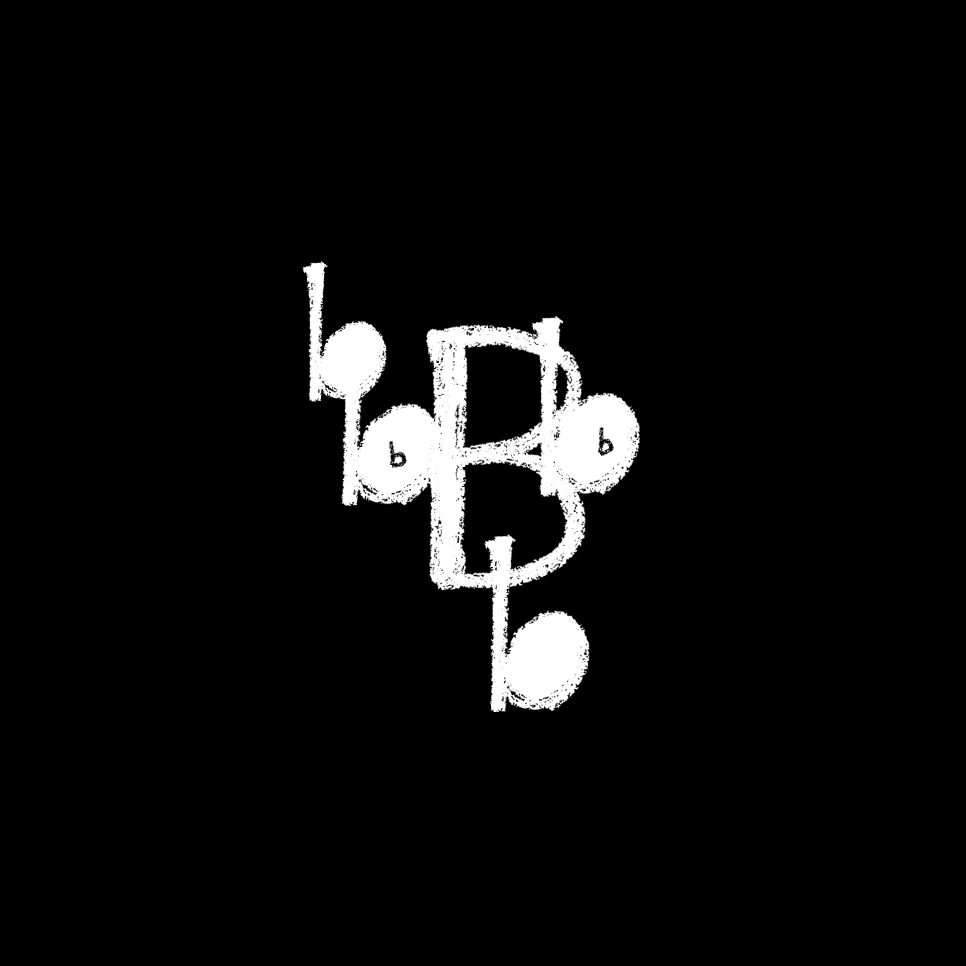
The Word was in the beginning but it is made of letters.Prompt #40—giovanni singleton

Write in NaturePrompt #39—Oogie Push
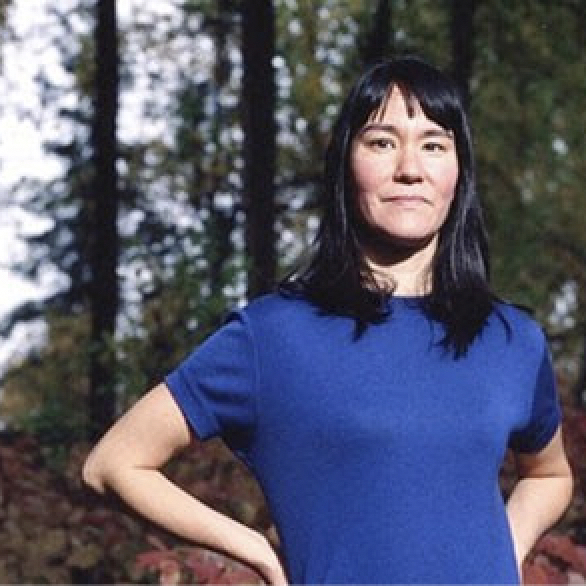
Real FoodPrompt #38—Joan Kane
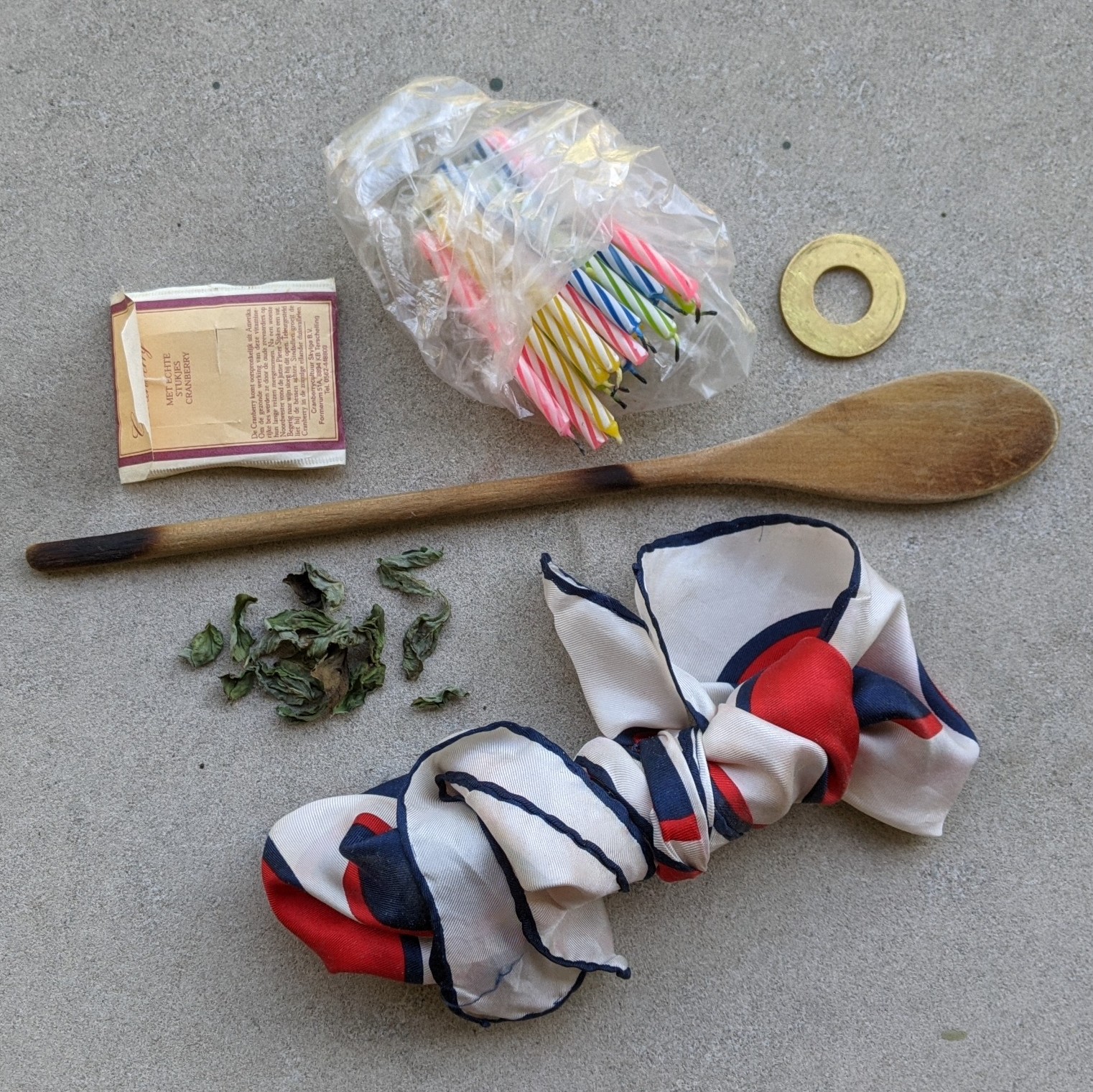
You Don't Need Proust to Smell GoodPrompt #37—Elizabeth Hoover
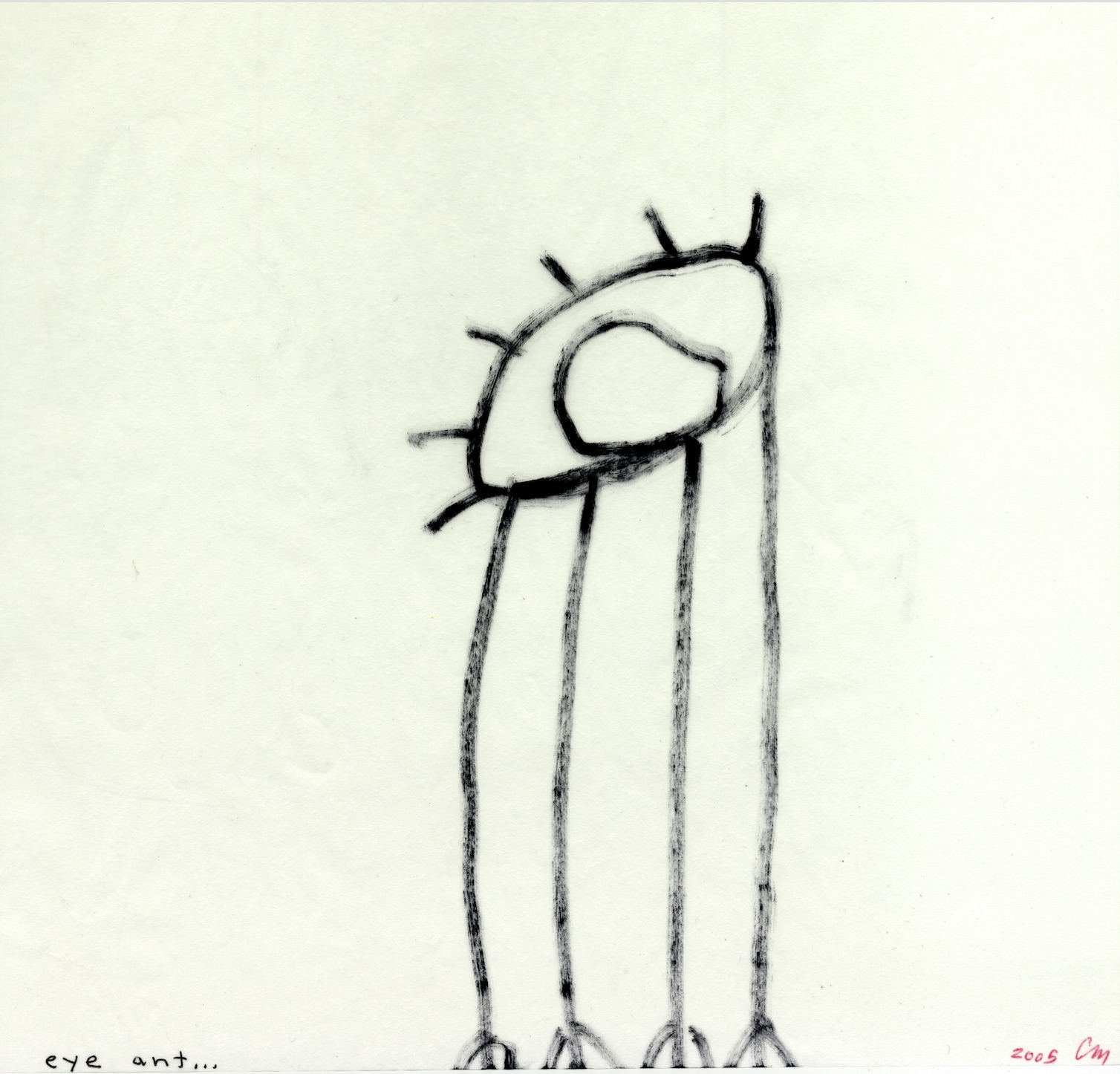
Find Your Own FormPrompt #36—Sawako Nakayasu

Tarot Recall: A Visionary Exercise for the PresentPrompt #35—Laurence Ross

Queers in Love at the End of the WorldPrompt #34—CJ Scruton
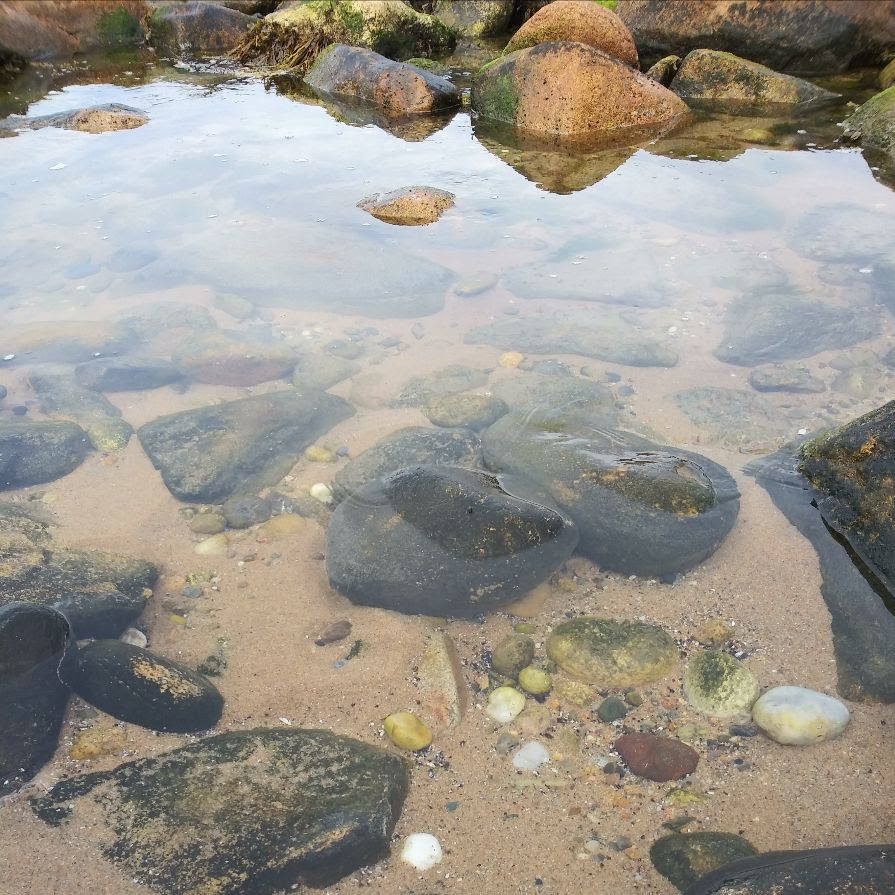
WORKBOOK FOR CHANGE: TWO PROMPTSPrompt #33—Kate Schapira
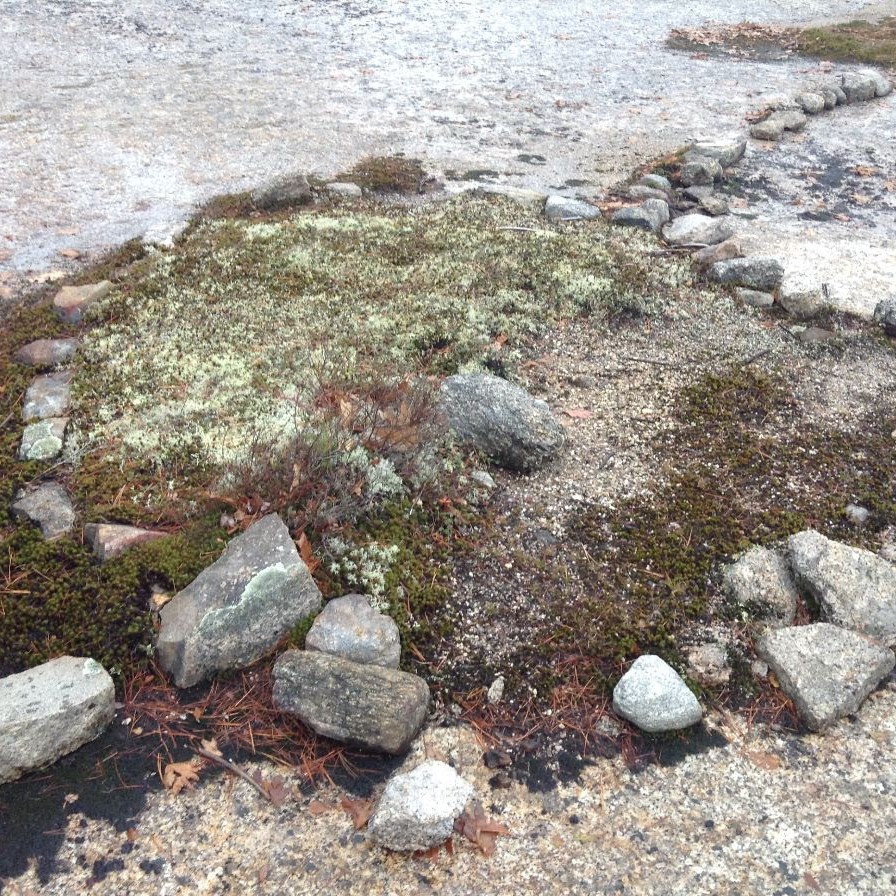
Preparation for the PromptPrompt #32—Lisa Fishman

Collage Your Own Writing PromptPrompt #31—Helen Hofling
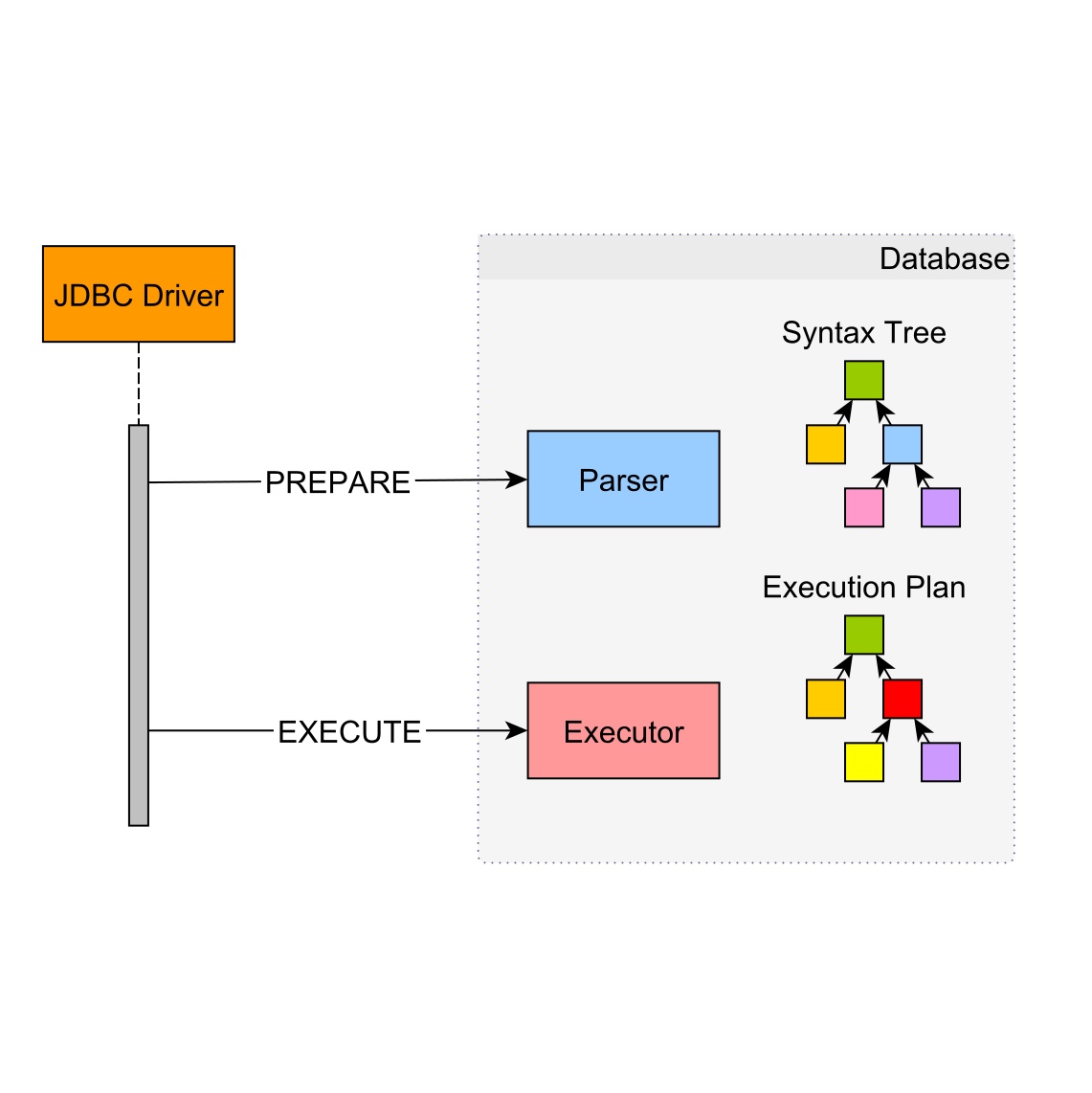
Prepared StatementPrompt #30—Mike Hauser
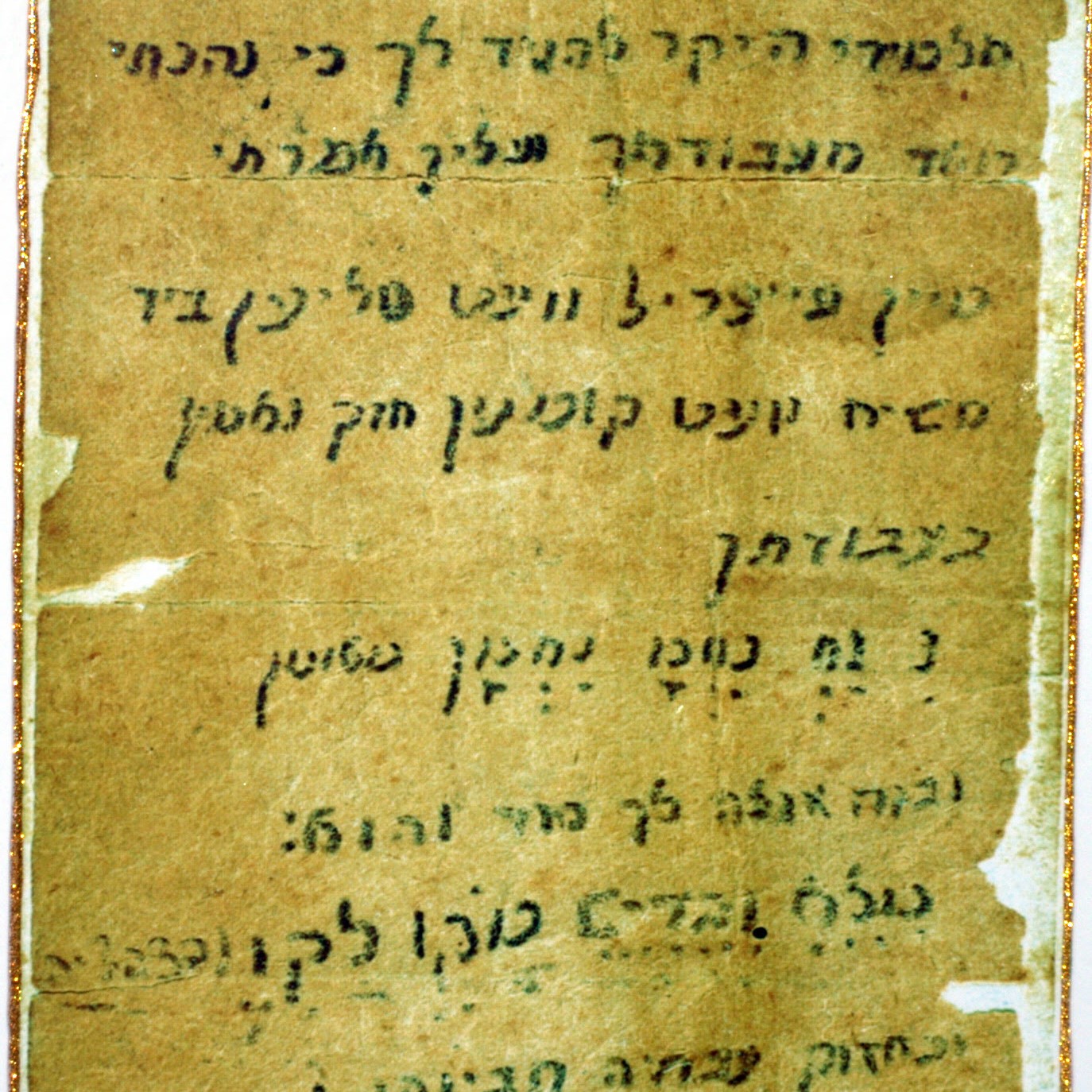
Repeat Repeat WritePrompt #29— Lewis Freedman
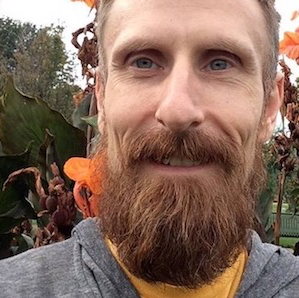
Poetic CorrespondencePrompt #28—Eric Baus

EKPHRASIS YOURSELFPrompt #27—Jennifer Nelson
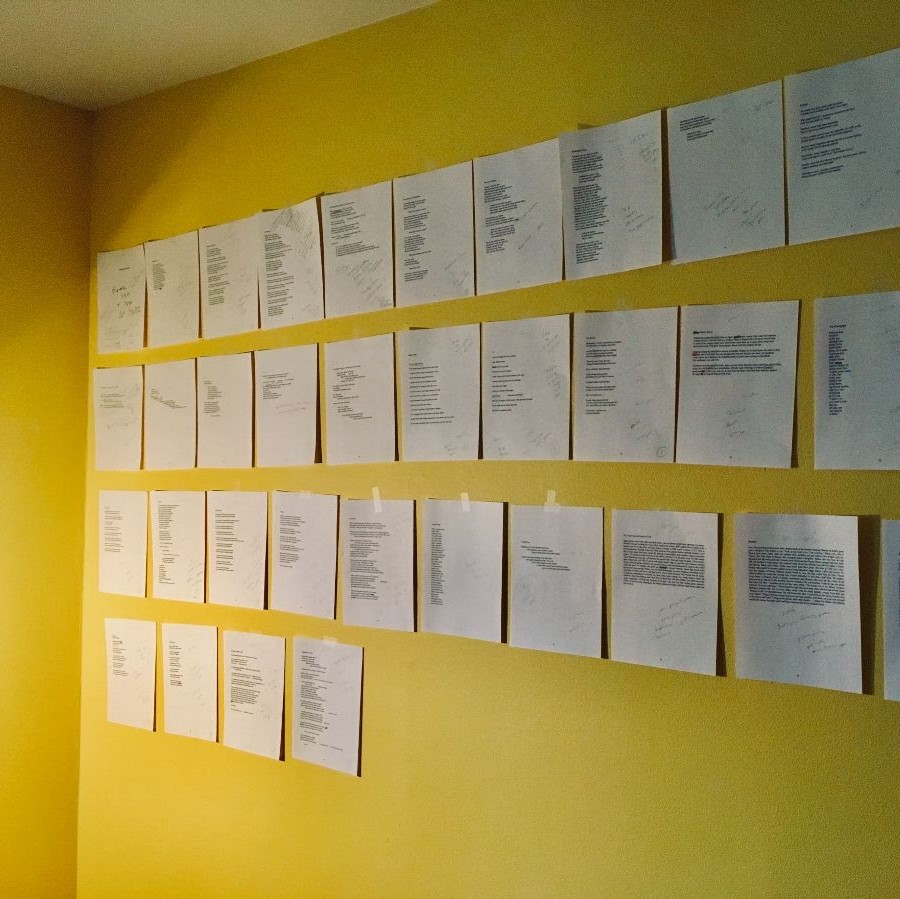
POETRY IS FOR THE PEOPLEPrompt #26—Angela Trudell Vasquez
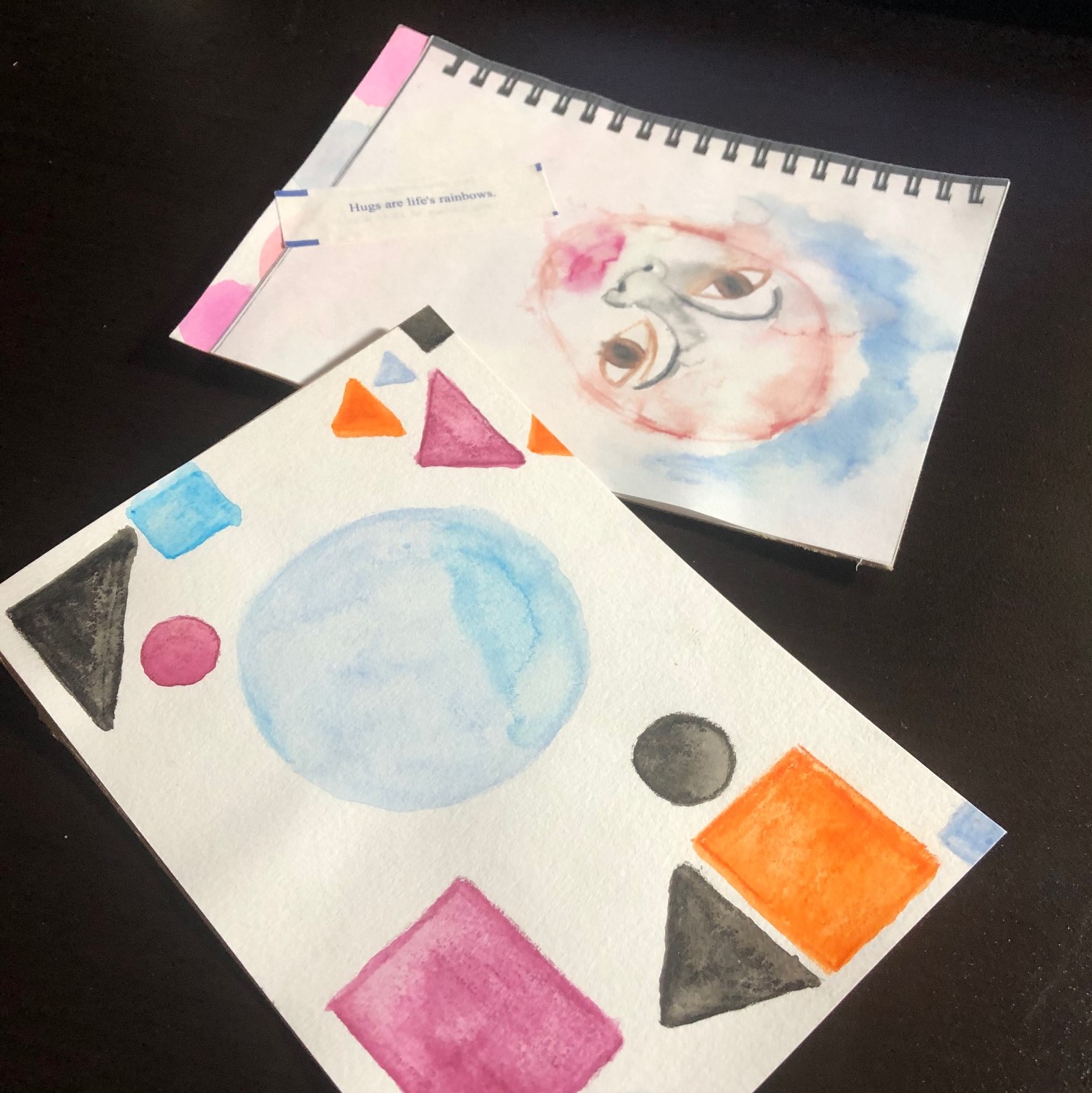
MAIL ARTPrompt #25—Siwar Masannat
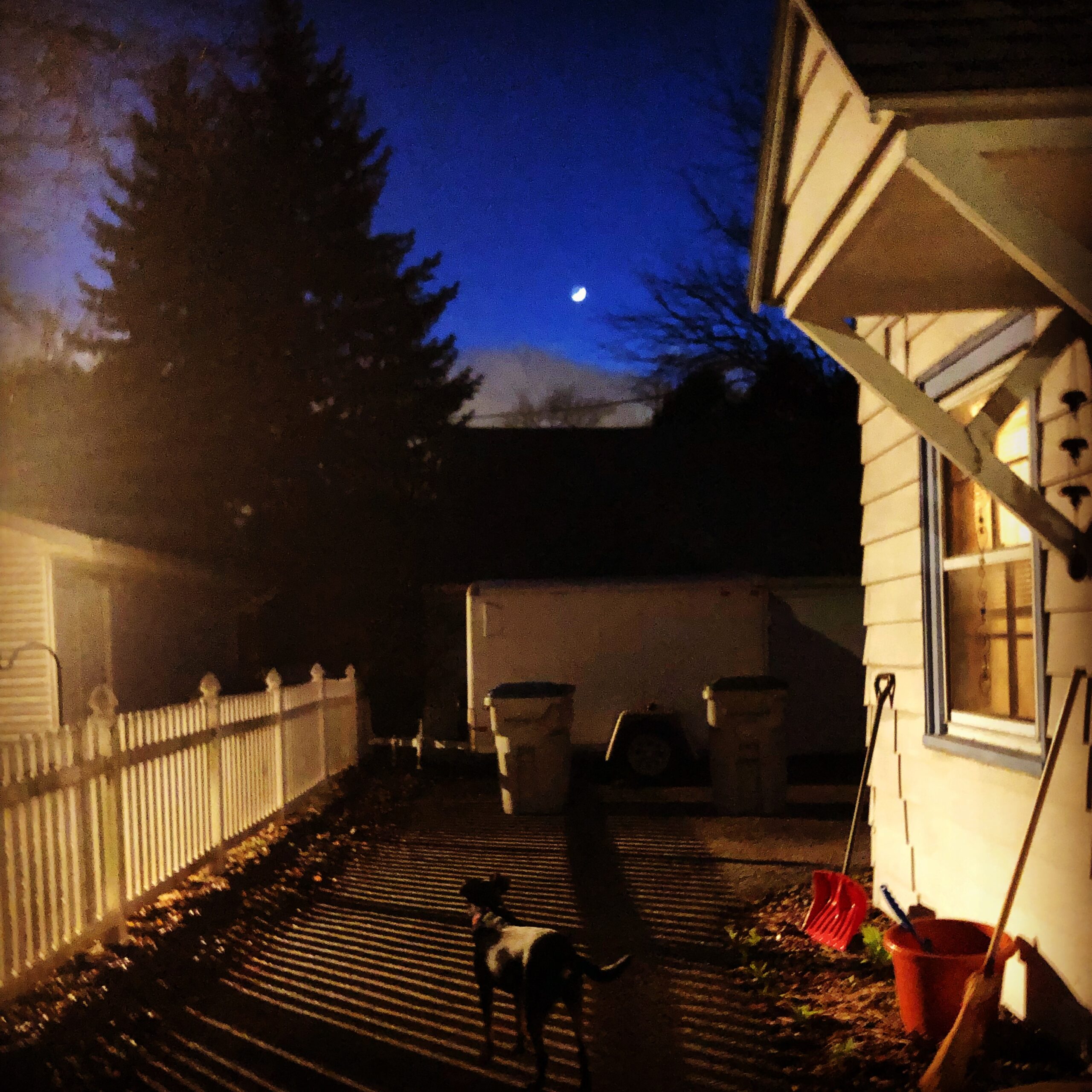
VISUAL POSTCARDSPrompt #24—Portia Cobb
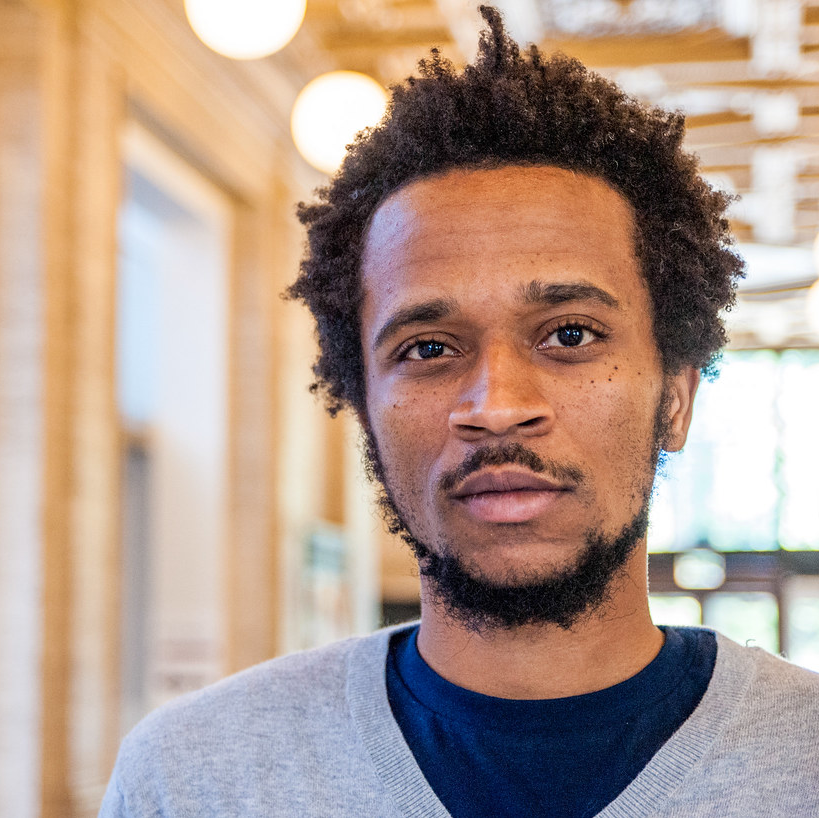
A [LONGER-TERM] DEEP LISTENING PROMPTPrompt #23—Jibade-Khalil Huffman

Humor as Medicine for the SoulPrompt #22—Mauricio Kilwein Guevara

Personification: A Social Justice PromptPrompt #21—Derrick Harriell

Ponge ExercisePrompt #20—Tyrone Williams
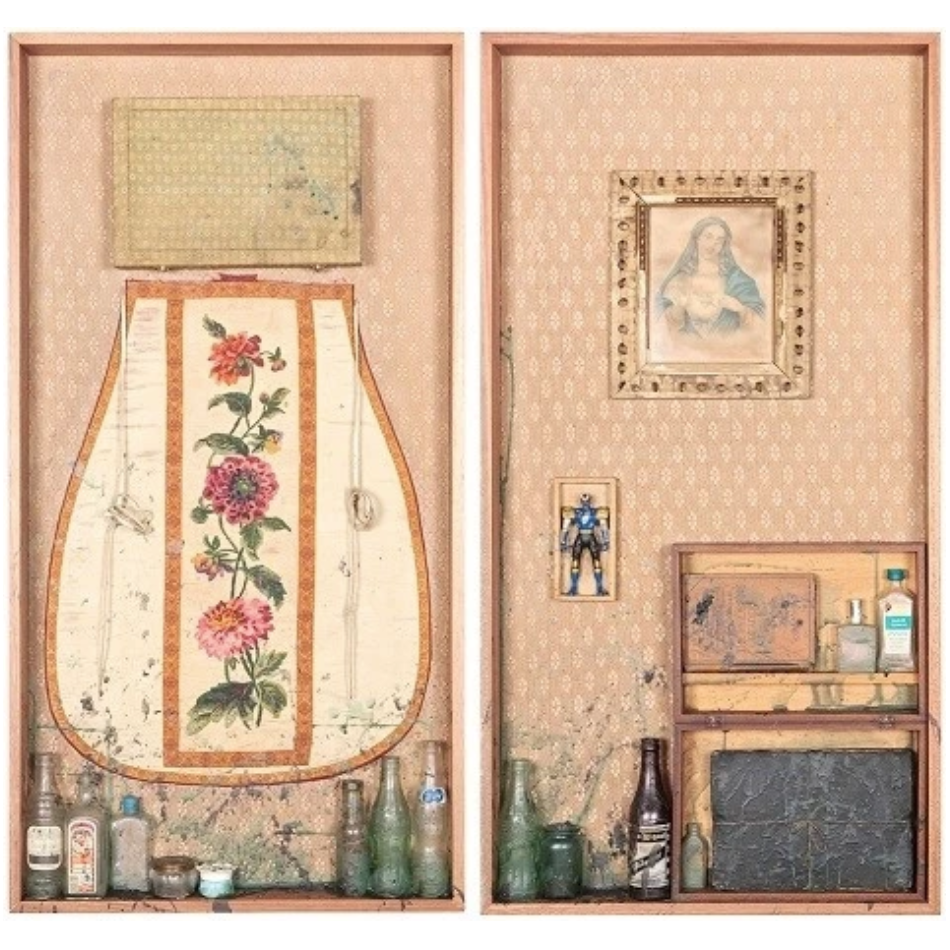
Occult DocupoesisPrompt #19—Kimberly Alidio
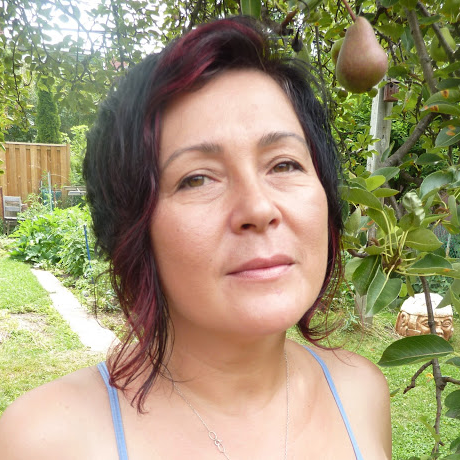
Junk Drawer SongPrompt #18—Hoa Nguyen

TALK TO THE POETSPrompt #17—Stacy Szymaszek
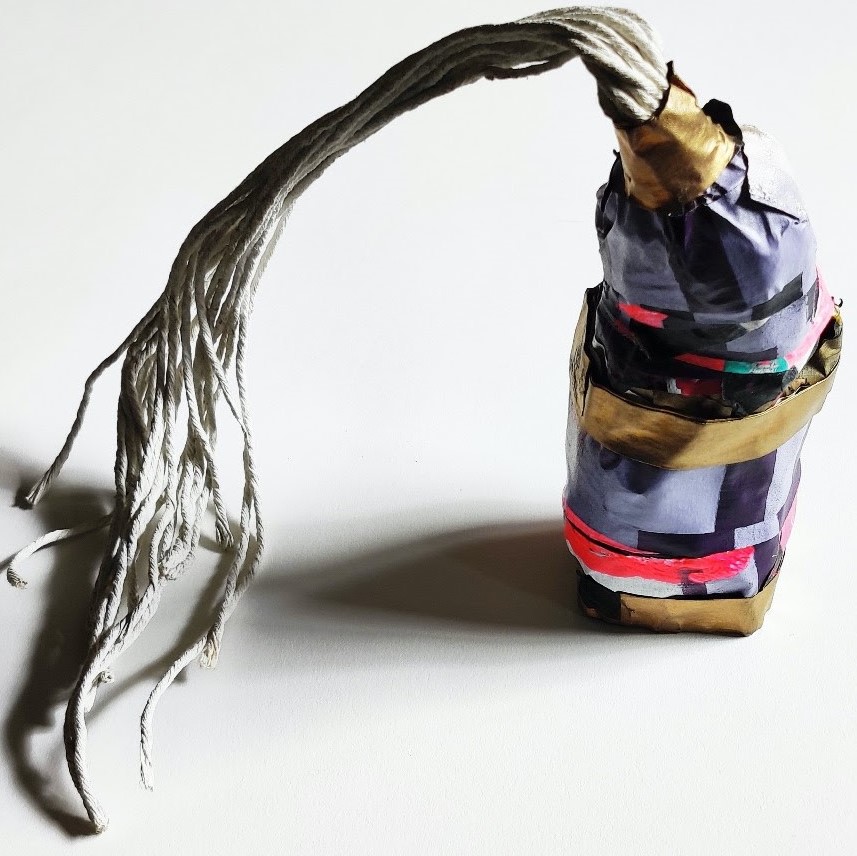
Make-Do Origin Stories & Concrete FuturesPrompt #16—Ching-In Chen

The Family PhotographPrompt #15—Rosa Alcalá
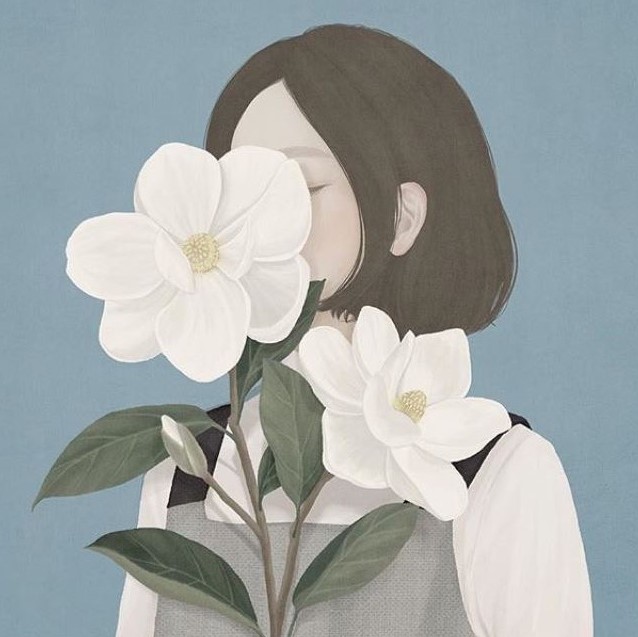
Writing Advice for Your Younger SelfPrompt #14—E.J. Koh
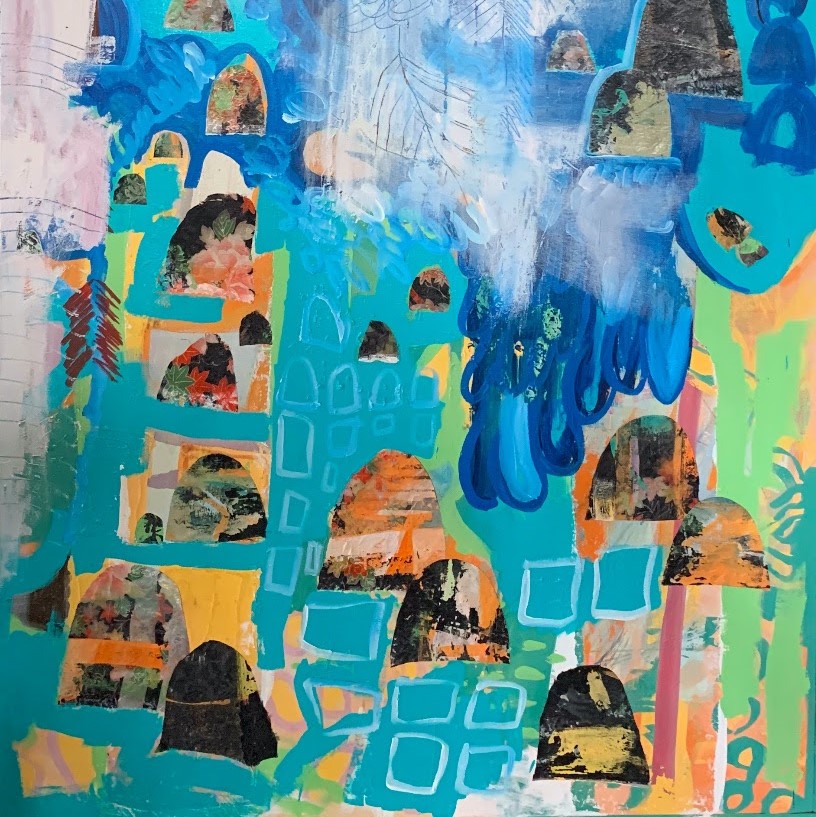
Note(s) to SelfPrompt #13—Stacy Blint
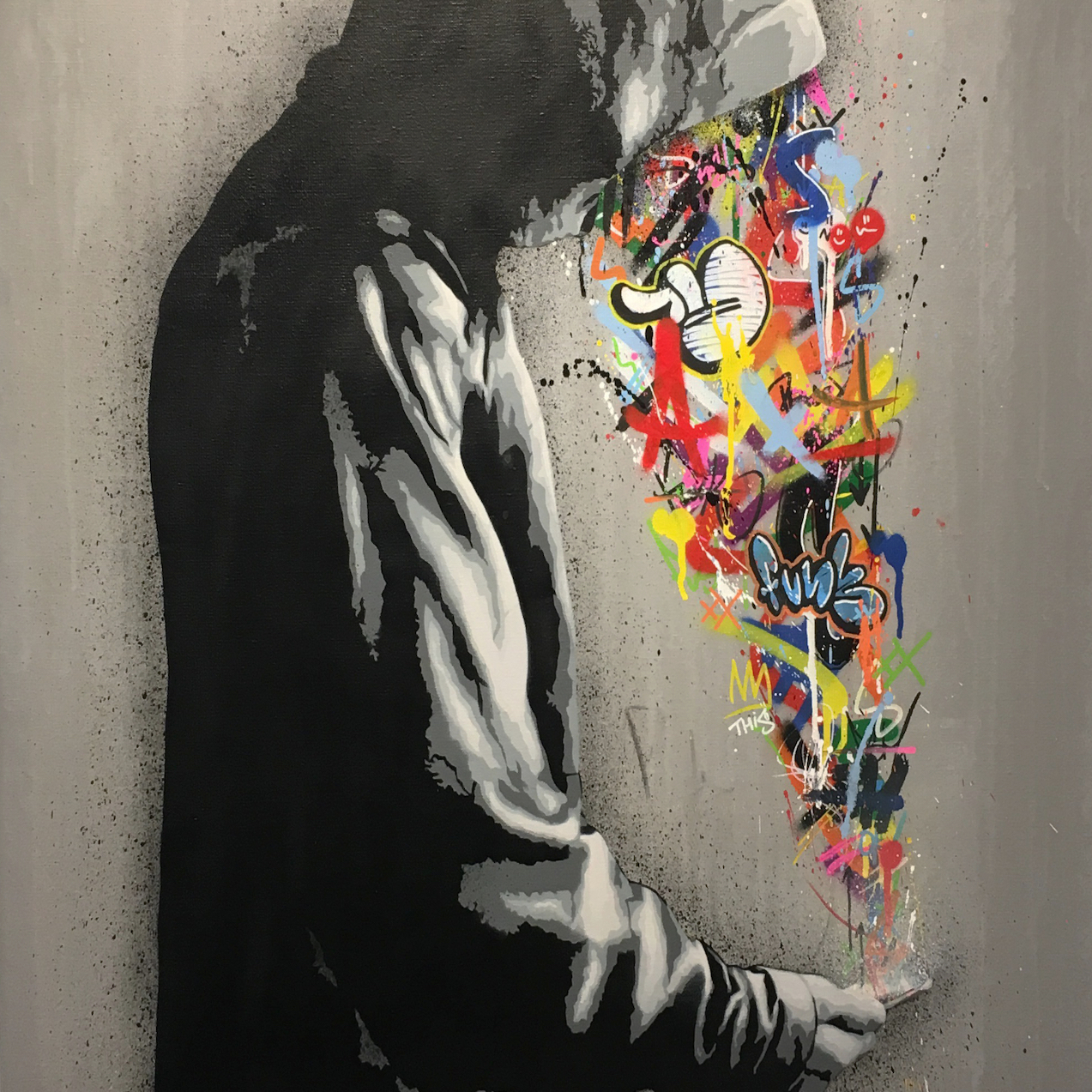
Embracing ConfusionPrompt #12—Bryon Cherry
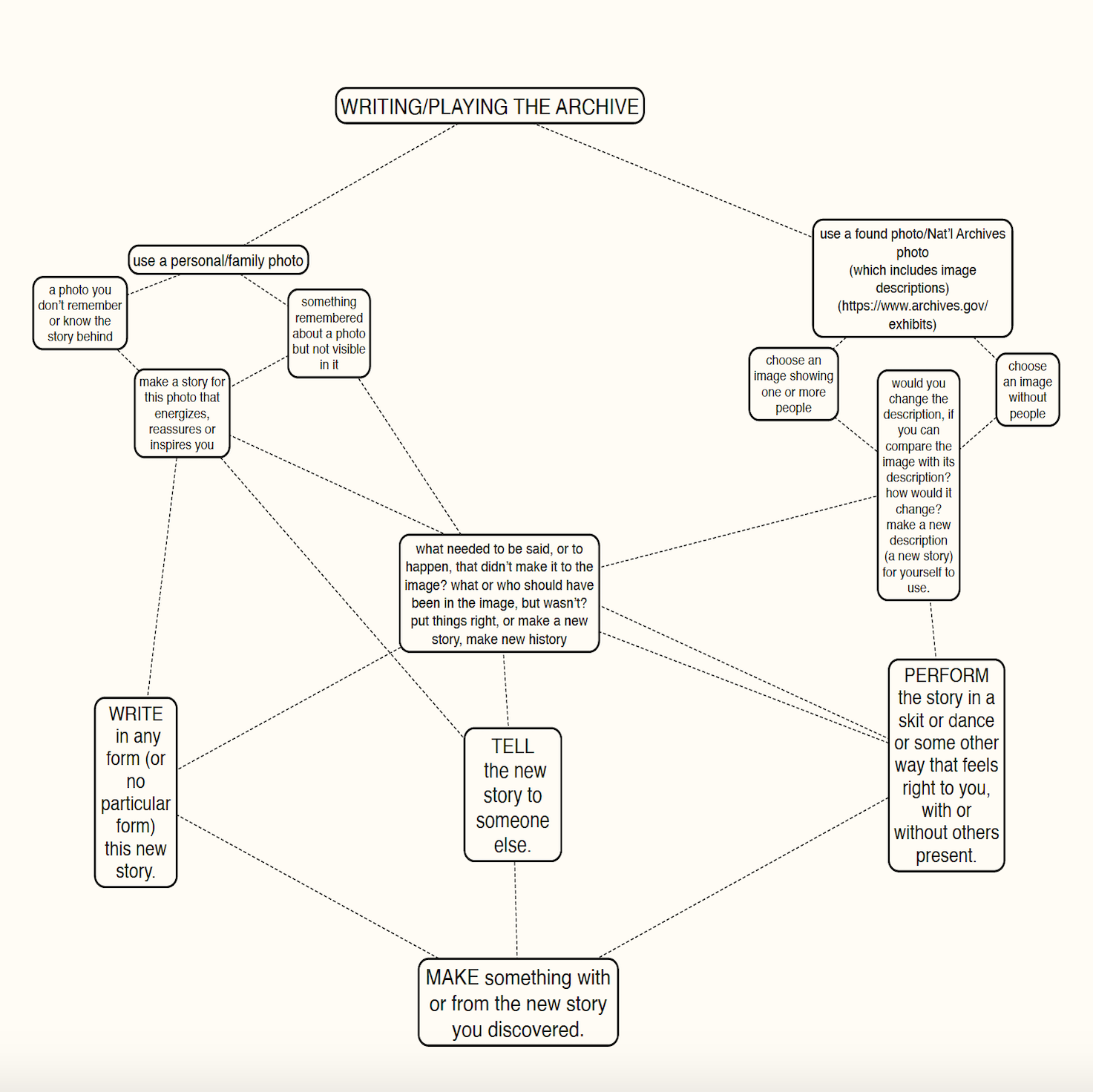
Writing/Playing the ArchivePrompt #11—Jay Besemer

CAPTURED & FREEDPrompt #10—Dasha Kelly Hamilton
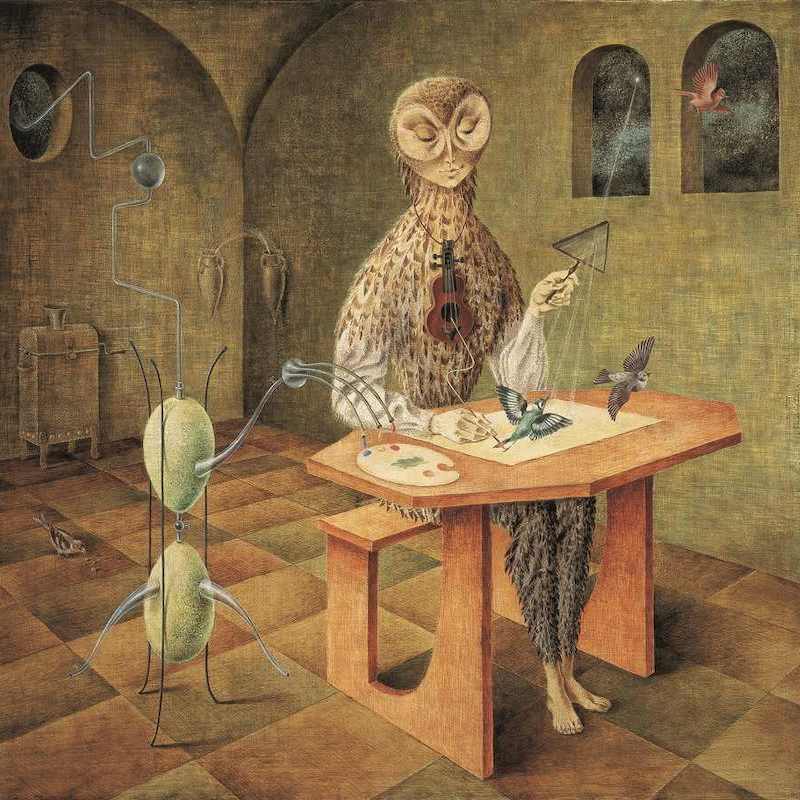
Poetic Exit StrategiesPrompt #9—Ana Božičević

Proyecto ConbífPrompt #8—Erick "CK" Ledesma
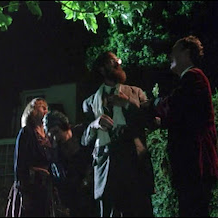
TRILOGYPrompt #6—CA Conrad

Utopian CompromisePrompt #7—Paul Druecke
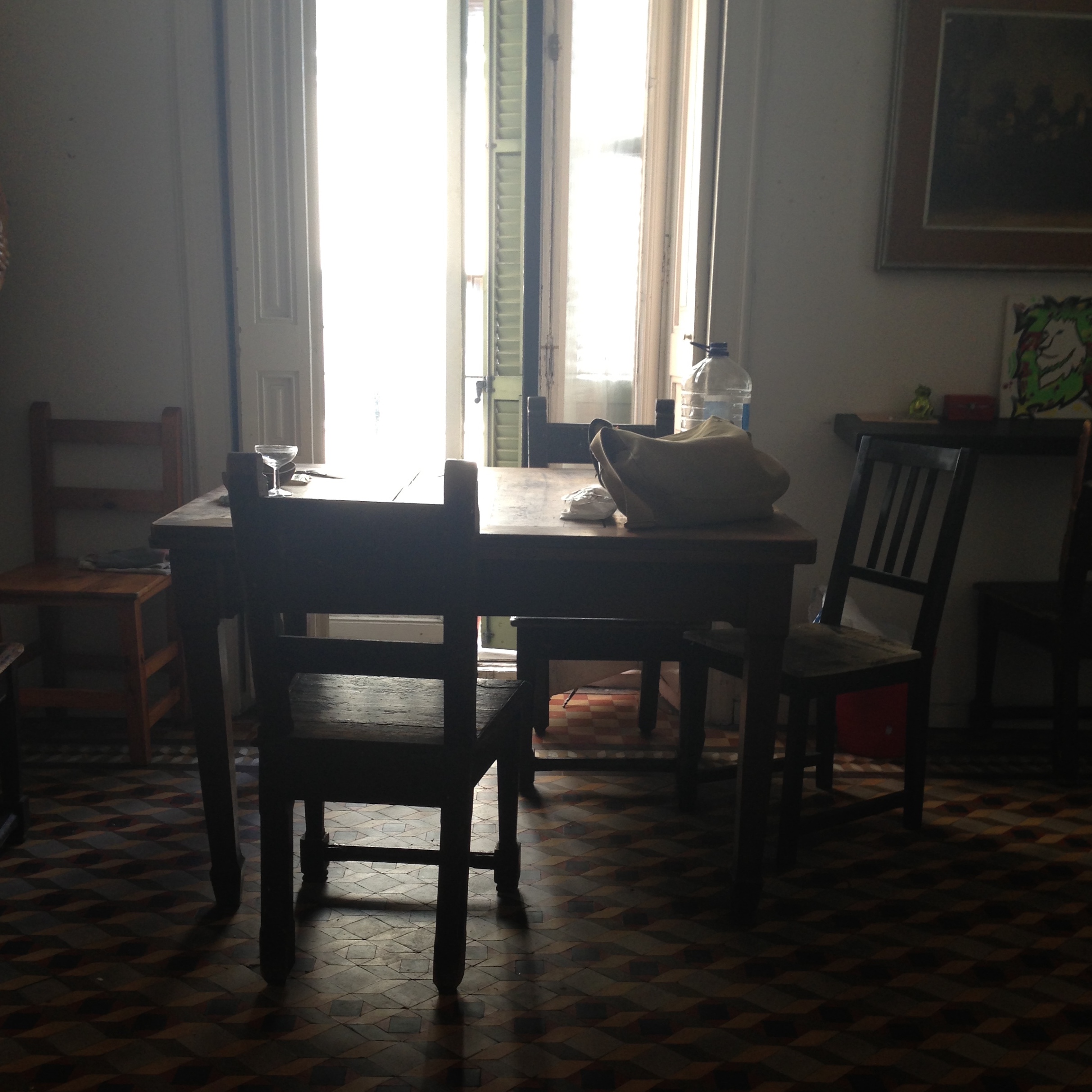
A Series of RoomsPrompt #5—Laura Solomon
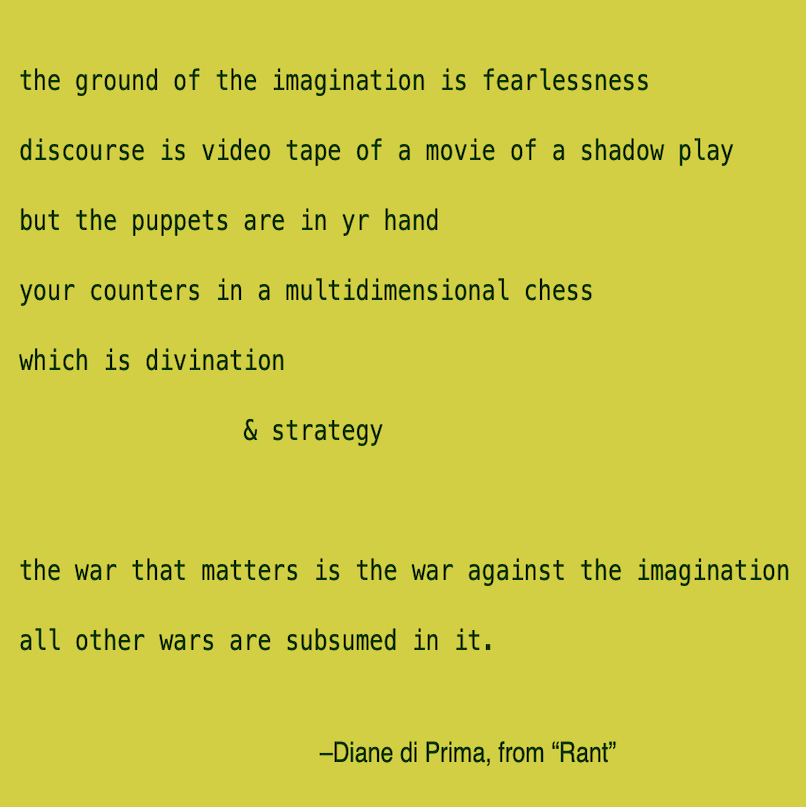
Two Variations on N+7Prompt #4—Jenny Gropp
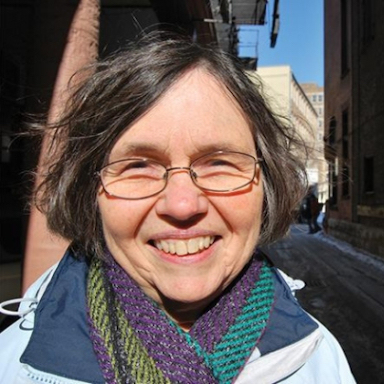
T H E A P A R T / TOGETHERPOEMPrompt #3—Margaret Rozga
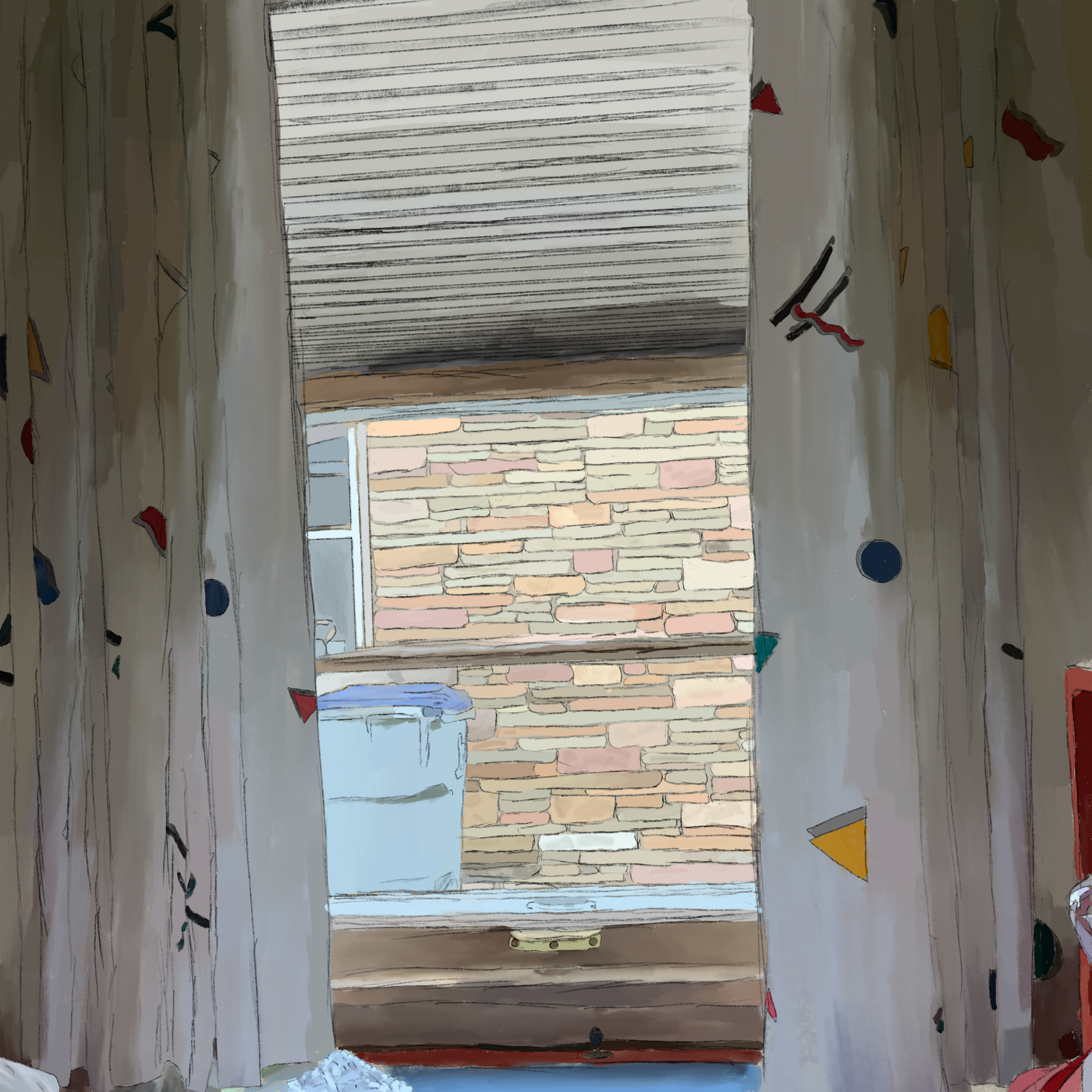
An Exercise in WindowsPrompt #2—Marla Sanvick
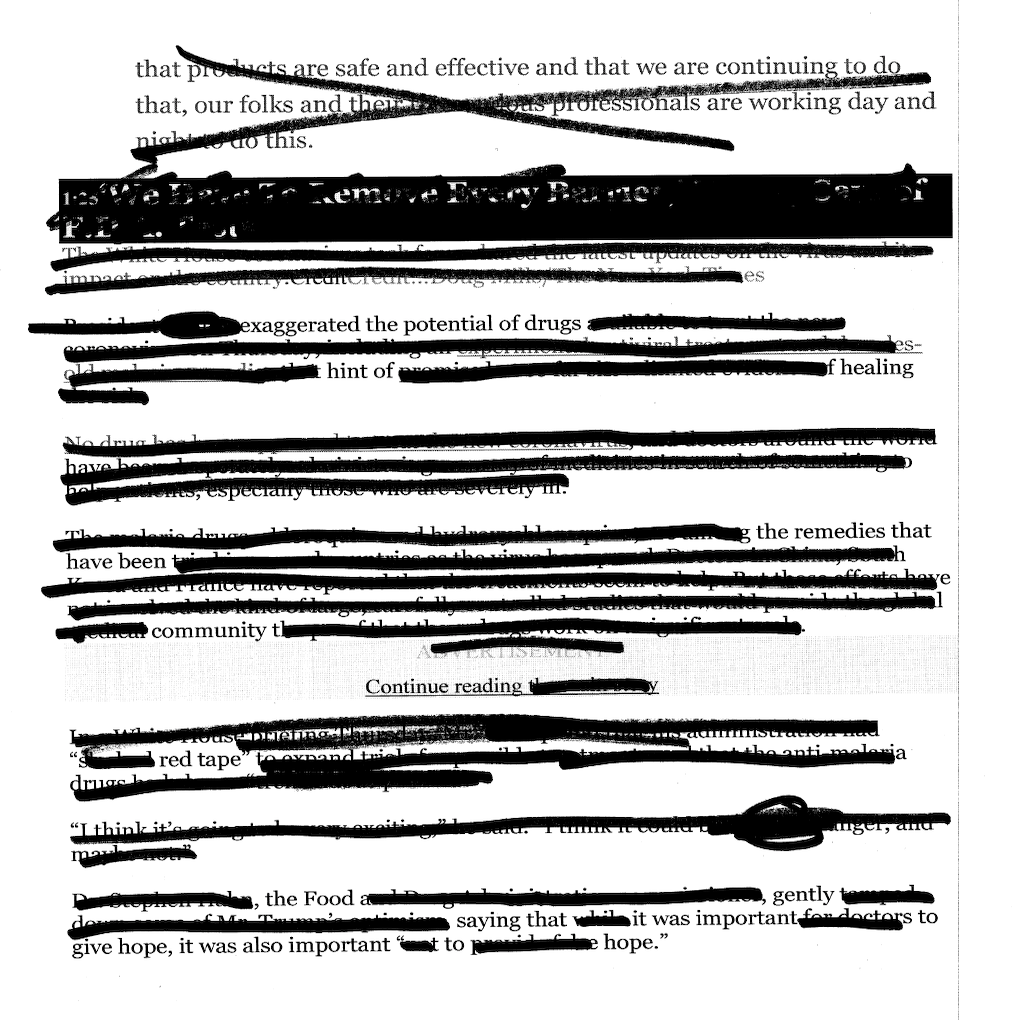
Erasuring AnxietyPrompt #1—Peter Burzynski
We acknowledge that in Milwaukee we live and work on traditional Potawatomi, Ho-Chunk, and Menominee homelands along the southwest shores of Michigami, part of North America’s largest system of freshwater lakes, where the Milwaukee, Menominee, and Kinnickinnic rivers meet and the people of Wisconsin’s sovereign Anishinaabe, Ho-Chunk, Menominee, Oneida, and Mohican nations remain present.
We further acknowledge the grave evil colonialism introduced to these lands through genocide as well as slavery, and also via racist and xenophobic beliefs, laws, and practices that continue to inflict harm upon Black, brown, and Indigenous lives. We honor those who have lived—and do live, now—at these intersections of identity and experience, and are committed to the active dismantling of white supremacy.
720 E. Locust Street
Milwaukee, WI 53212
Phone: 414 263 5001
Hours: Tues–Sun | 12-7 pm
Closed Mon
Building Accessibility: Despite the age of our physical location, and attendant limitations to access, Woodland Pattern is committed to making its programs and facilities available for as many as possible. Please call for more information.
Events Accessibility: Woodland Pattern is able to offer captioning services for its online events and with advanced notice can provide ASL interpretation for live events. Please contact us with accommodation requests and questions.
© Woodland Pattern 2025
